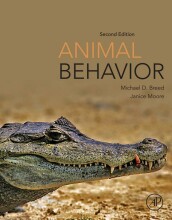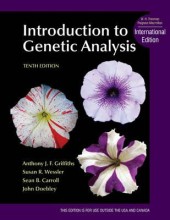Gene interactions
25 important questions on Gene interactions
A situation in which a heterozygote shows the phenotypic effects of both alleles equally.
Production of wild-type phenotype when two full or partial haploid genomes are united in the same cell
A test for determining whether two mutations are in different genes (they complement) or the same gene (they do not complement).
- Higher grades + faster learning
- Never study anything twice
- 100% sure, 100% understanding
A mutant allele that in single dose (a heterozygote) wipes out gene function by a spoiler effect on the protein.
A situation in which the differential phenotypic expression of a genotype at one locus depends on the genotype at another locus; a mutation that exerts its expression while canceling the expression of the alleles of another gene.
The degree to which a particular genotype is expressed in the phenotype.
Describes an allele that expresses itself the same in single copy (heterozygote) as in double copy (homozygote).
An RNA type that plays a role without being translated.
A culture of cells composed of two different nuclear types in a common cytoplasm.
A situation in which a heterozygote shows a phenotype quantitatively (but not exactly) intermediate between the corresponding homozygote phenotypes. (Exact intermediacy means no dominance.)
An allele whose expression results in the death of the individual organism expressing it.
A mutation at a second locus that changes the degree of expression of a mutated gene at a first locus.
The set of forms of one gene, differing in their DNA sequence or expression or both.
A mid-twentiethcentury hypothesis that originally proposed that each gene (nucleotide sequence) encodes a polypeptide sequence; generally true, with the exception of untranslated functional RNA.
The proportion of individuals with a specific genotype that manifest that genotype at the phenotype level.
The temperature at which a temperature-sensitive mutant allele is expressed the same as the wild-type allele.
An allele that affects several different properties of an organism.
The temperature at which a temperature-sensitive mutation expresses the mutant phenotype.
An allele with wild-type function arising by the mutation of a mutant allele; caused either by a complete reversal of the original event or by a compensatory second-site mutation.
A secondary mutation that can cancel the effect of a primary mutation, resulting in wild-type phenotype.
Refers to a double mutant that is lethal, whereas the component single mutations are not.
A conditional mutation that produces the mutant phenotype in one temperature range and the wild-type phenotype in another temperature range.
Gene interactions can be classified into two categories:
- Between alleles of one locus, broadly speaking variations on dominance.
- Between two or more loci. These interactions reveal the number and types of genes in the overall program underlying a particular biological function.
Can a recessive allele be sublethal?
The 9:3:3:1 ratio: yes/no gene interaction
The question on the page originate from the summary of the following study material:
- A unique study and practice tool
- Never study anything twice again
- Get the grades you hope for
- 100% sure, 100% understanding
































